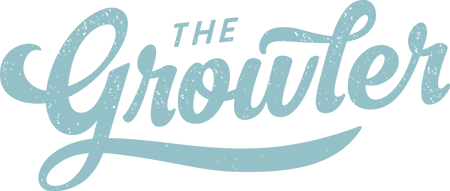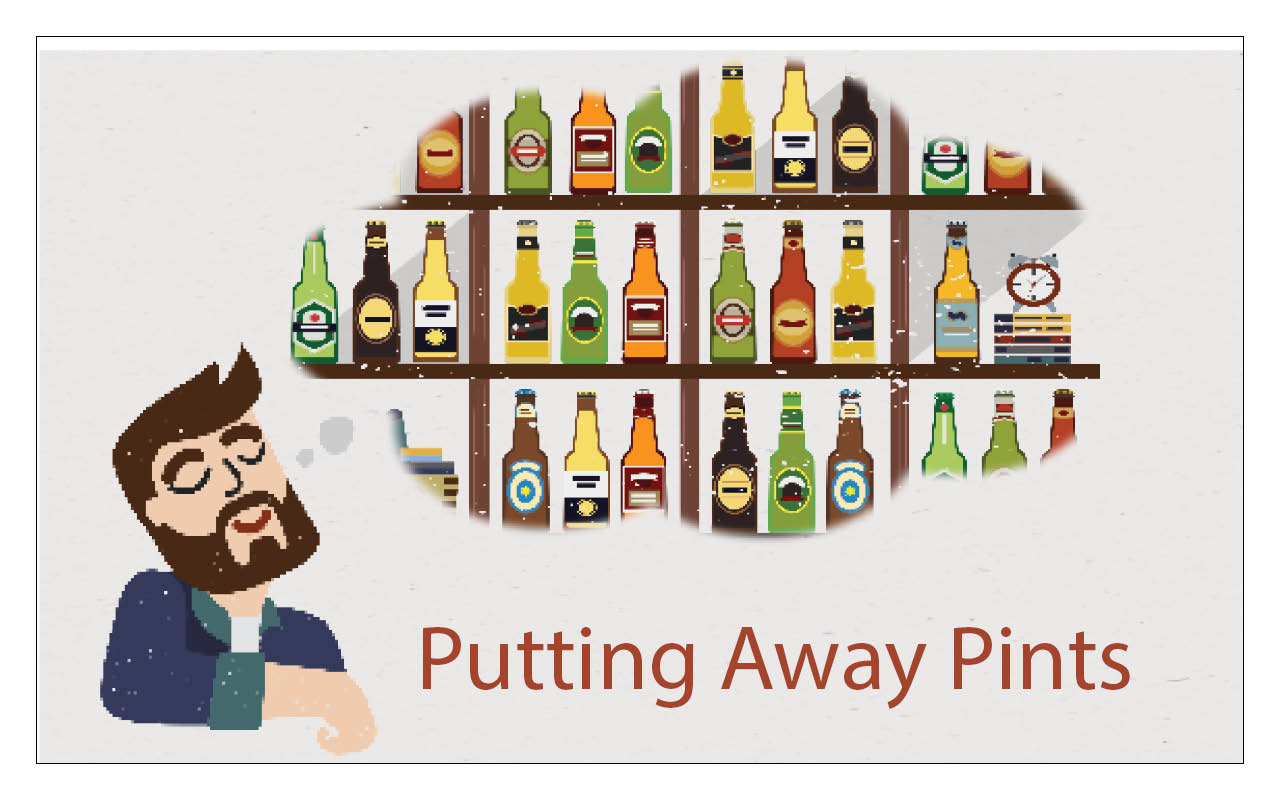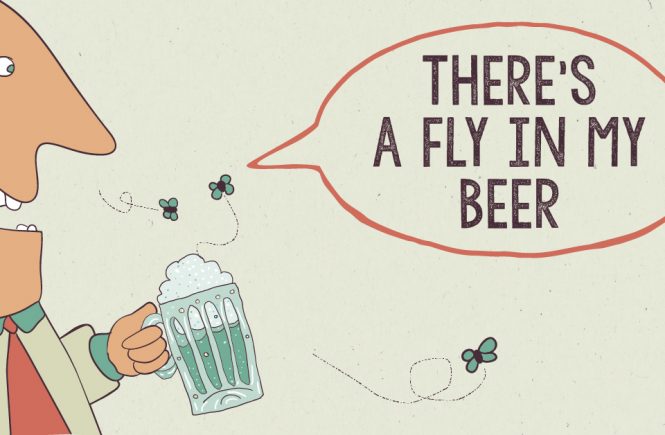How one Canadian craft brewery catapulted to global fame while staying true to its roots
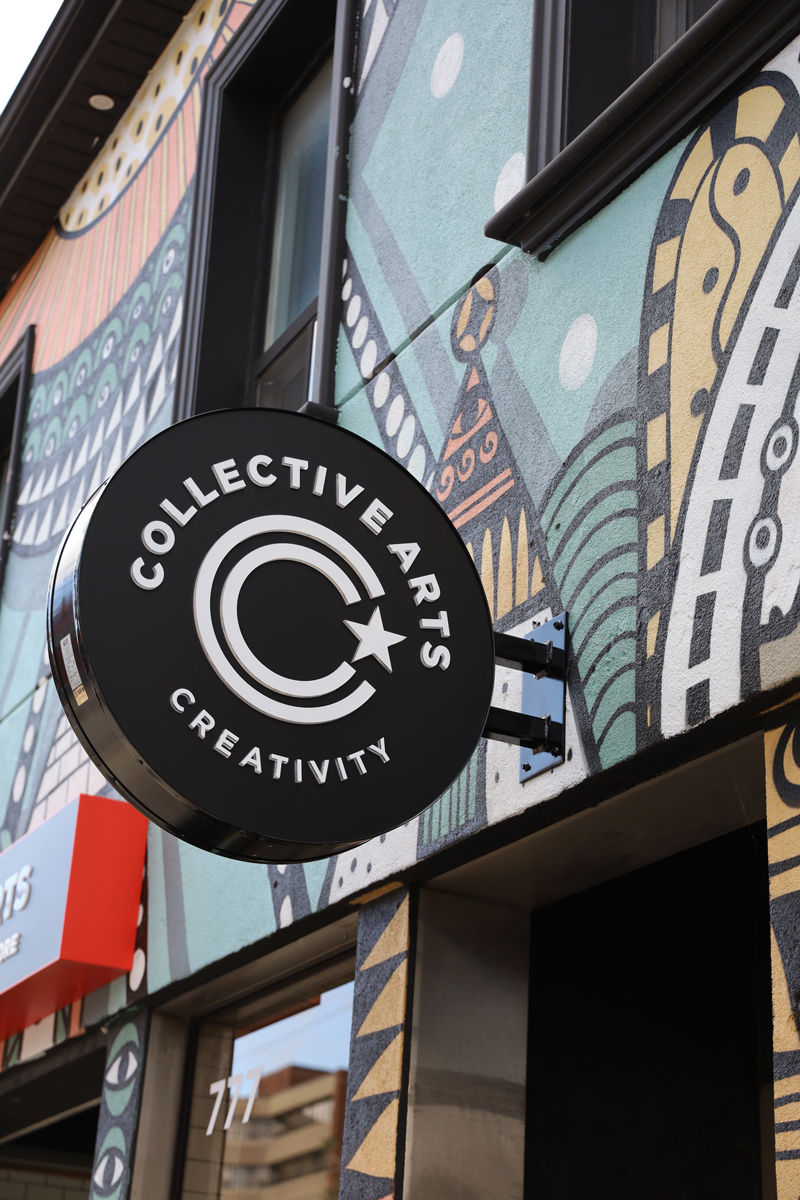
In the Venn diagram of breweries, there are typically two circles: one is “has really great beer,” and the other is “has really great branding.”
It is an unfortunate reality that the place where these two circles overlap is exceptionally slim. New breweries tend to either lead with great product, making branding and communication the secondary job of whoever can take it on, or they come out of the gate with a strong brand and communications game, ultimately driving short-lived demand for a mediocre product.
This is what has always made Collective Arts Brewery so compelling. Since the Hamilton-based company launched, it has existed squarely in the space where these two circles overlap, using unique branding to market exceptionally well-made beer. Notably, as the company has rapidly expanded over the last seven years, it has never left that rarified space.
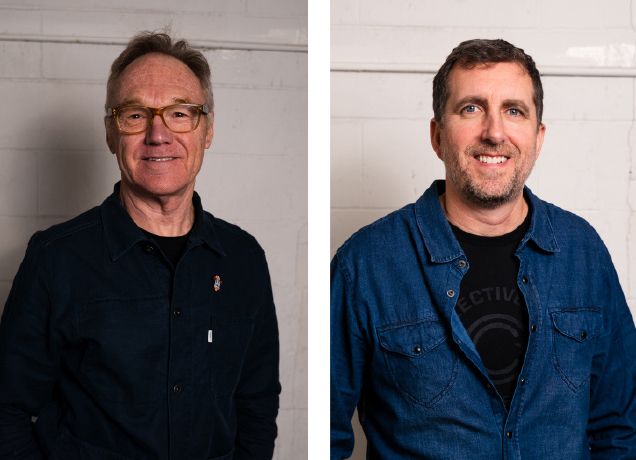
Founded in 2013 by Bob Russell and Matt Johnston, Collective Arts’ fluid, artist-focused branding was in many ways the impetus for the company.
“Years before either of us quit our day jobs,” Russell says, “we were in a hotel and I wrote down, ‘Build a grassroots craft brewery by creating amazing craft beer and infuse it with the talents of emerging artists and musicians.’” This grandiose concept would become the duo’s mission statement as they formed the company.
Johnston crossed paths with Russell when he was working as VP of Marketing at Moosehead Breweries, and Moosehead hired Russell’s design firm to create the Hop City Brand, Moosehead’s “crafty” offshoot.
“At one point,” Johnson says, “I realized I was starting to become a very bad employee. I was way too opinionated to be part of a seven-generation family-owned company. So I told Bob I was interested in going out on my own and asked him if he would be interested too.” The pair quickly realized they shared a passion not just for beer but for the arts.
“Then one day I called Bob and I said ‘Are you really serious?’ and he said, ‘Yes.’ And I said, that’s great news because I just quit my job today,” Johnson says. “And then I called my wife.”
The idea they came up with, born via that mission statement scrawled in a hotel, was unique in terms of craft beer: an ever-changing brand that would champion creativity and the arts by rotating work from emerging artists as the brewery’s beer labels. “We built our brand kind of upside down,” says Russell, whose previous roles saw him working with North America’s largest breweries. “Companies want something like Labatt Blue on the label but then struggle with how to keep it contemporary.”
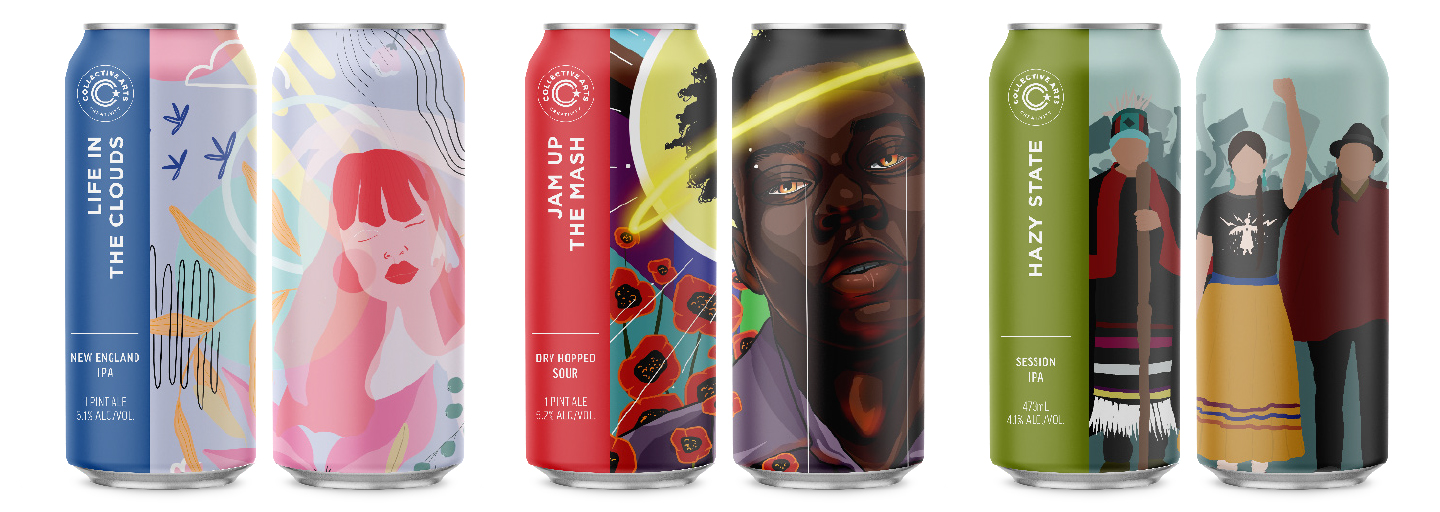
LGBTQ+ X BLM by Mawhyah Milton, Resistance by Adina Farinango.
Instead, Collective Arts does regular calls for art, has a jury review around 500 submissions, and pays chosen artists to use their work for three-month stints.
“Every time we do these calls for art and create new labels,” Russell says, “the brand is automatically relevant because it reflects what’s on the street at that given time.” Russell says you can see themes and politics morph the Collective Arts brand, “And really the only thing we actually own is that little strip that says Collective Arts Stranger Than Fiction Porter.”
Of course, good branding only helps you sell beer once if what’s in the tin doesn’t live up to the cool label. Next up was figuring out where they were actually going to brew their beer and who was going to brew it. Given the exorbitant costs of opening a bricks and mortar brewery, they opted to contract brew and crossed paths with Ryan Morrow, who is now arguably one of the province’s most talented beer makers.
“We actually almost brewed at Amsterdam Brewery in Toronto,” Russell says, “but we stumbled into Nickel Brook and we hadn’t even really tried their beer before.” The pair ended up striking up a conversation with Nickel Brook founder John Romano and learned he was looking to take on contract brewing to fill capacity.
Johnston and Russell were skilled at branding and, at the time, Nickel Brook kind of…wasn’t, and so the two organizations started a mutually beneficial relationship, tapping Morrow to brew their beer and building the beer and science branding that Nickel Brook now carries.
“That was back when craft beer was definitely booming,” Morrow says. “And you would get people come in and be like, ‘I want to start a brewery blah, blah, blah,’ and we’d politely give them the time of day and be like, okay, cool, whatever.
“But then Matt and Bob came by, it was like, ‘Oh crap. They actually know what they’re talking about, they actually have a vision, and there’s a roadmap to success.”
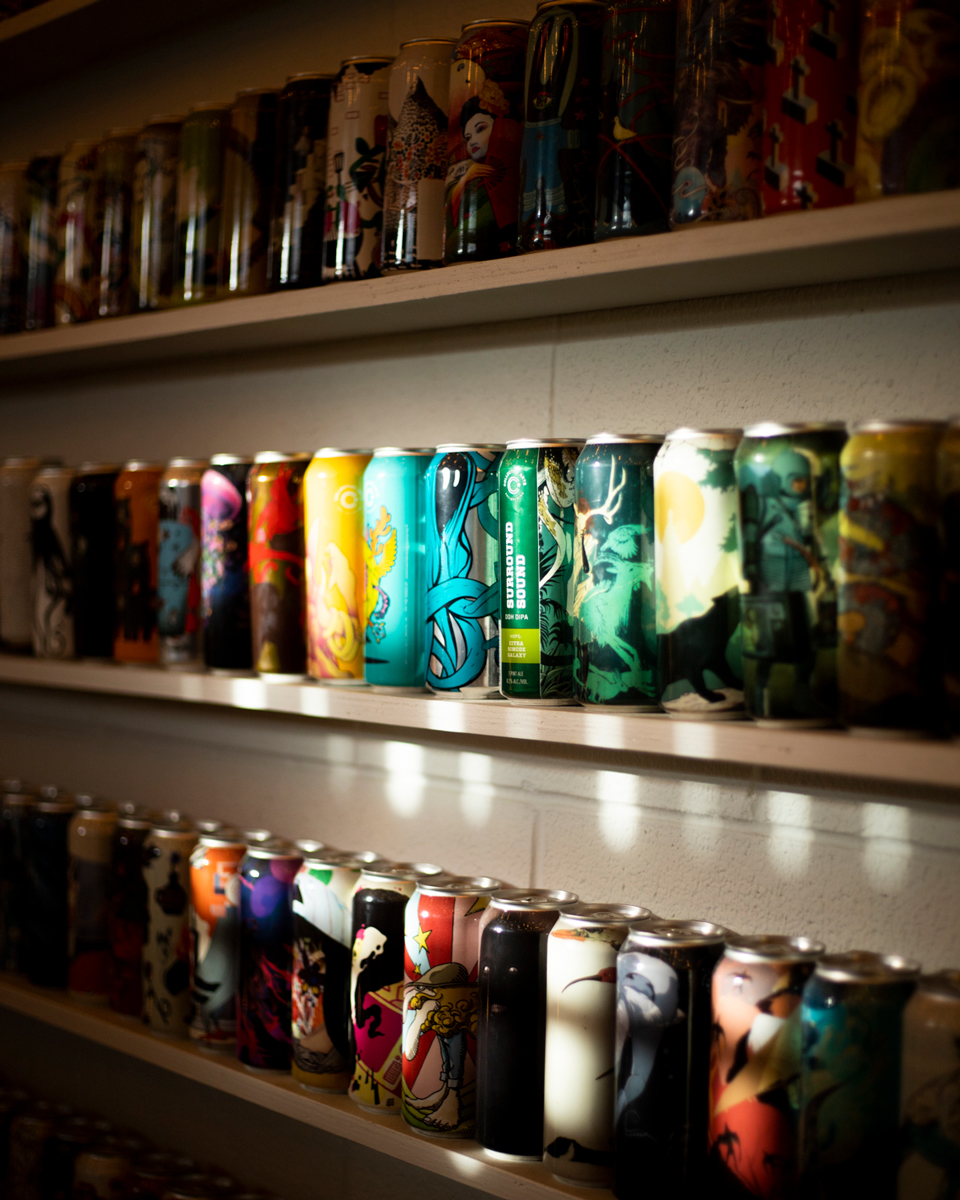
And while the route may have changed from the initial roadmap, Collective Arts has seen huge success. In 2014, Nickel Brook and Collective Arts expanded operations together to the 50,000 square-foot former home of Lakeport Brewing in Hamilton and then, in 2017, Collective Arts took full ownership of the space. In 2019, Morrow, who was tackling head brewing duties at both companies, began working exclusively for Collective Arts. In January they opened a 10-barrel brewhouse, taproom, patio, and retail store in downtown Toronto. And they hope to open their Brooklyn New York brewpub, gallery and live entertainment venue this September.
Collective is one of the few Canadian craft breweries to have their cans appear in all the right places: in serious bottleshops and taste-making beer bars from Miami, Florida to Sydney, Australia.
The founders credit that expansion to their art-focused brand concept. Craft breweries tell brand stories that are firmly rooted to their place of origin, so often their relevance diminishes the further away you get from the beer’s hometown. Collective Arts has avoided that hyper-local focus by accepting art submissions from diverse locales. Both the Toronto and Brooklyn brewpub announcements were met with immediate local support, in part because Collective Arts frequently features artists from New York and Toronto on its cans.
“We are from wherever the art communities are,” Russell says. “And really that’s how we’ve been able to continually grow our brands.”
The brewery has also expanded their liquid portfolio to start making spirits, cider, and cannabis -infused beverages, the latter of which are already available in the US. “If it’s something that we are excited about drinking or learning about or playing with and we can be really proud about making it, then we’ll try it,” Johnston says.
In the post-COVID world, the pair is hoping to take some time to grow into their shoes. “We’ve diversified a lot,” Russell says, “Now it’s about getting our feet under us a bit and, and letting the team grow what they’ve created and stabilize it.”
When asked if they think they’ll continue to balance the fine line between good branding and quality product, they are unphased by the question. “Well yeah,” Johnston says. “Don’t do things if you can’t do them well.”
But they aren’t without a touch of humility about how far the recipe has taken them so far.
“It’s been pretty cool,” Russell says. “You put something down on a piece of paper and you talk to your buddy about it and you both get excited about it and then it’s real.”
Johnston concurs. “You watch it grow and you watch people respond to your brand and it really blows you away,” he says. “Sometimes it’s hard to believe that this has actually happened. You pinch yourself every once in a while, and say, ‘Is this real?’”
